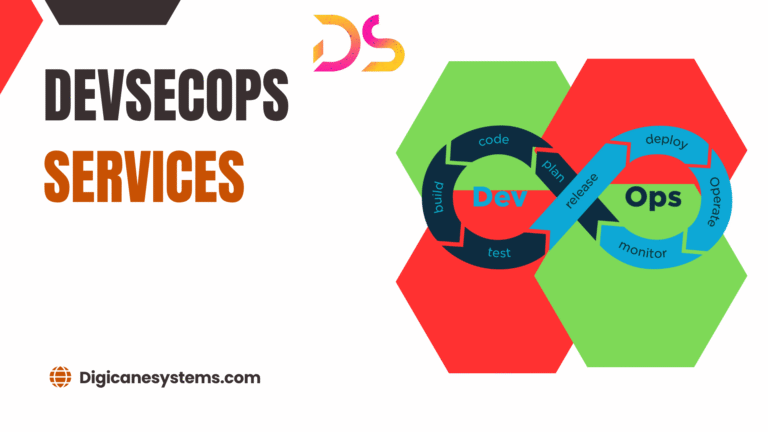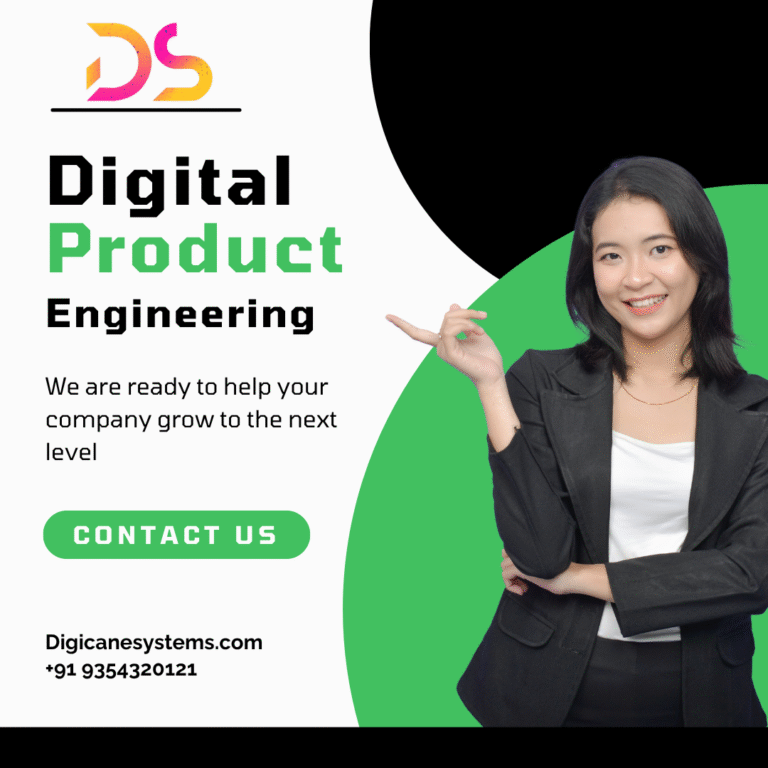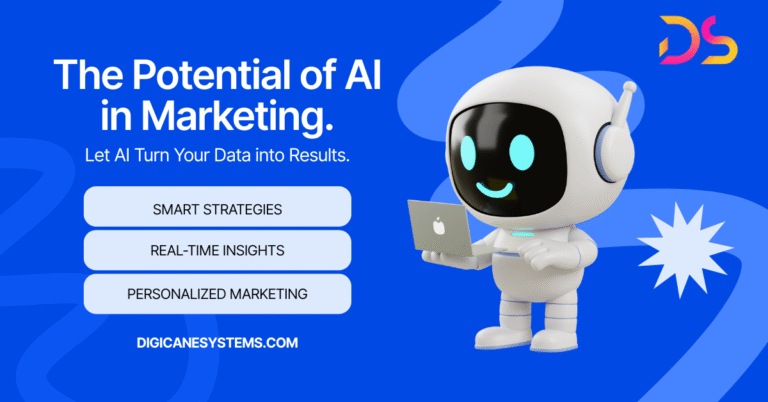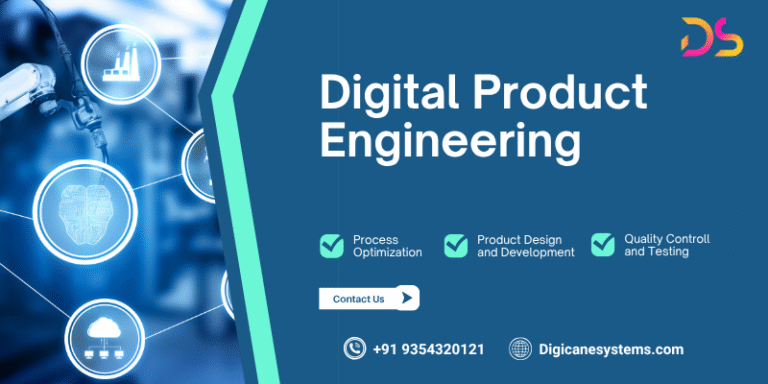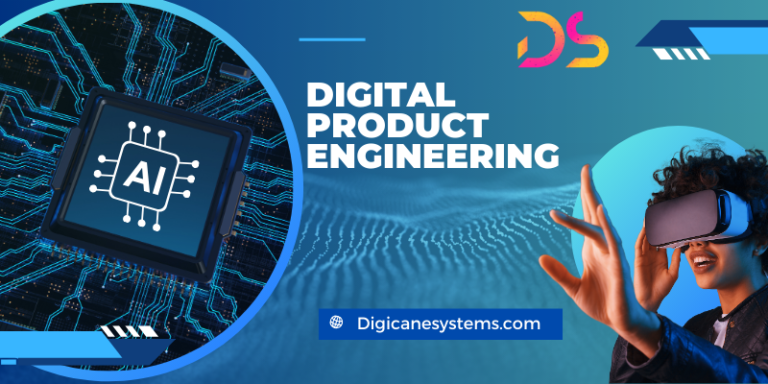How Digital Product Engineering Can Accelerate Your Business Growth in 2025
Digital Product Engineering Can Accelerate Your Business Growth
In today’s fast-paced digital landscape, businesses must adapt quickly to remain competitive. One of the most effective ways to stay ahead is through Digital Product Engineering (DPE). As technology continues to evolve, DPE empowers businesses to build high-quality, scalable, and secure products that drive growth. In this article, we will explore how DPE can accelerate your business growth in 2025. At Digicane Systems, we understand the critical role that digital product engineering plays in achieving business success, and we are here to help you navigate this transformative journey.
What is Digital Product Engineering?
Digital Product Engineering involves the entire process of creating, developing, and managing digital products such as software applications, platforms, and integrated systems. From initial concept to long-term maintenance, DPE ensures that businesses create products that meet customer needs and align with market trends.

Key Components of DPE
DPE consists of multiple stages, including:
- Ideation and Conceptualization: Understanding the customer’s problem.
- Design: Crafting user-friendly and aesthetically pleasing interfaces.
- Development: Building scalable and secure solutions.
- Testing and Deployment: Ensuring quality through rigorous testing.
- Maintenance and Support: Updating products for continued performance.
At Digicane Systems, we focus on creating digital products that solve real-world problems, making the process seamless and efficient.
How DPE Accelerates Business Growth
Faster Time-to-Market
One of the most significant advantages of DPE is its ability to reduce time-to-market. By adopting Agile and DevOps methodologies, businesses can speed up the development process. These practices allow for faster iteration, quicker releases, and prompt feedback loops. As a result, businesses can deliver products to market faster, helping them stay ahead of competitors.
AI-driven tools are also playing a pivotal role in accelerating development. They automate various tasks such as code generation, testing, and bug fixes, enabling faster deployment. This approach allows companies to roll out products and updates in a fraction of the time it would traditionally take.
Enhanced Product Quality
With the integration of continuous integration and automated testing, DPE ensures high-quality standards throughout the development process. Automated testing enables quick identification of bugs or performance issues, reducing the risk of defects in the final product.
DPE also emphasizes user feedback loops, where feedback is gathered early and continuously. This allows for products that meet customer expectations from the get-go, making them more reliable and engaging.
By utilizing robust testing frameworks and constant quality assessments, Digicane Systems ensures that the products we develop are of the highest caliber.
Cost Efficiency
DPE enables businesses to optimize their resources, thus reducing costs. Cloud services, for instance, eliminate the need for heavy infrastructure investments. Instead of relying on on-premises hardware, cloud solutions offer flexible, scalable resources on-demand, reducing operational costs.
By adopting modular development and microservices architecture, businesses can also reduce maintenance expenses. Each component of a product is developed and maintained independently, which means updates and bug fixes can be done without impacting the entire system.
For businesses seeking to maintain cost efficiency without compromising quality, Digicane Systems provides tailored solutions that meet financial objectives.
Innovation and Competitive Advantage
To stay competitive in 2025, businesses need to integrate the latest technologies into their products. This is where DPE truly shines. By incorporating AI, machine learning, and IoT into your products, you can unlock new capabilities that enhance user experience and drive innovation.
Moreover, the ability to quickly build and test prototypes enables businesses to experiment with new ideas and pivot quickly when necessary. Rapid prototyping ensures that your business can adapt and innovate without the long timelines associated with traditional development processes.
At Digicane Systems, we embrace emerging technologies to help your business innovate faster and gain a competitive edge in your industry.
Key Trends Shaping Digital Product Engineering in 2025
AI and Machine Learning Integration
AI and machine learning are transforming digital product engineering by enabling smarter products and personalized user experiences. These technologies can automate tasks, predict user behavior, and optimize product functionality.
In 2025, businesses that leverage AI and ML will have a clear advantage. By integrating these technologies into their products, they can offer advanced solutions that are smarter, more efficient, and more engaging.
Cloud-Native Development
Cloud-native development is becoming a standard in digital product engineering. This approach allows businesses to build scalable, flexible, and resilient products. Cloud-native apps are designed to fully leverage the cloud, enabling them to scale seamlessly and respond quickly to changing demands.
By adopting cloud-native architectures, businesses can ensure that their products are future-proof, flexible, and easy to maintain.
Security-First Approach
As cyber threats continue to evolve, businesses must prioritize security in their product development process. DevSecOps integrates security practices into every stage of the development lifecycle, ensuring that products are secure by design.
By embedding security at every step, from planning to deployment, businesses can protect sensitive data and prevent costly breaches.
Sustainable and Ethical Design
Sustainability is increasingly becoming a major consideration in product development. Ethical and sustainable design focuses on creating products that are environmentally friendly and socially responsible.
Incorporating sustainability into the development process helps businesses meet regulatory requirements and appeal to eco-conscious consumers. Ethical design ensures that products respect user privacy and adhere to high moral standards.
Implementing Digital Product Engineering for Growth
Building a Cross-Functional Team
For successful digital product engineering, it is essential to have a cross-functional team that includes developers, designers, product managers, and marketing professionals. Collaboration is key to creating products that not only meet technical requirements but also align with customer expectations.
A cross-functional team ensures that the product development process is streamlined, reducing the time it takes to bring products to market and improving the overall quality of the final product.
Establishing a Robust Development Framework
A solid development framework is necessary for efficient digital product engineering. This includes adopting agile methodologies, using the right tools for version control, and implementing continuous integration to streamline workflows.
By leveraging modern development tools, businesses can improve collaboration, boost productivity, and maintain high standards throughout the development lifecycle.
Fostering a Culture of Innovation
Innovation should be at the heart of every digital product development process. Encouraging a culture of experimentation and risk-taking fosters creativity and drives breakthroughs in product design.
At Digicane Systems, we cultivate an environment that encourages innovation, ensuring that your business is always ahead of the curve.
Case Studies and Real-World Applications
Startup Success Stories
Many startups have used digital product engineering to disrupt industries. By leveraging agile practices, modern technologies, and rapid prototyping, these companies can quickly bring innovative products to market. Case studies of these startups highlight the impact of DPE on scaling businesses efficiently.
Enterprise Transformations
Large enterprises are also leveraging digital product engineering to modernize their legacy systems and offer new solutions to their customers. By embracing cloud-native architectures and integrating emerging technologies like AI, these enterprises can improve efficiency and deliver better products to market.
Industry-Specific Examples
From healthcare to retail, every industry benefits from digital product engineering. For example, in healthcare, DPE enables the creation of secure and scalable health tech solutions, while in retail, it drives personalized customer experiences and enhances supply chain management.
Conclusion: Embracing Digital Product Engineering for Business Growth
Digital Product Engineering is not just a trend; it’s a strategic necessity for businesses looking to grow and innovate in 2025. By leveraging DPE, companies can reduce time-to-market, improve product quality, cut costs, and maintain a competitive edge.
At Digicane Systems, we help businesses accelerate their growth by integrating cutting-edge technologies and industry best practices into every stage of product development. By embracing DPE, your business can ensure long-term success in the digital age.
Frequently Asked Questions (FAQ)
1. What is Digital Product Engineering?
Digital Product Engineering involves designing, developing, and maintaining digital products such as software and platforms.
2. How does DPE benefit businesses?
DPE accelerates time-to-market, enhances product quality, reduces costs, and fosters innovation.
3. What technologies are used in Digital Product Engineering?
Technologies include AI, cloud-native solutions, IoT, and machine learning.
4. How does DPE reduce costs?
DPE reduces costs through cloud services, microservices architecture, and automated testing.
5. What is the role of AI in DPE?
AI helps automate tasks, improve efficiency, and create smarter products.
6. What is Agile development in DPE?
Agile development allows for iterative progress, enabling faster releases and feedback loops.
7. Why is security important in DPE?
Security protects products and user data, preventing breaches and ensuring trust.
8. How can my business implement DPE?
Start by building a cross-functional team and adopting agile methodologies.
9. What industries benefit from DPE?
Industries like healthcare, finance, and retail can all benefit from DPE.
10. How does DPE help with innovation?
DPE promotes rapid prototyping and experimentation, driving innovation.


